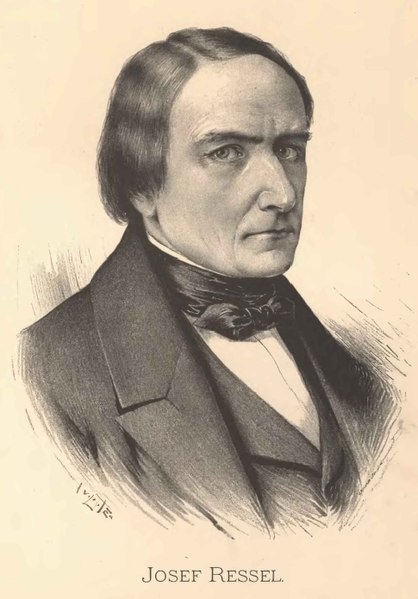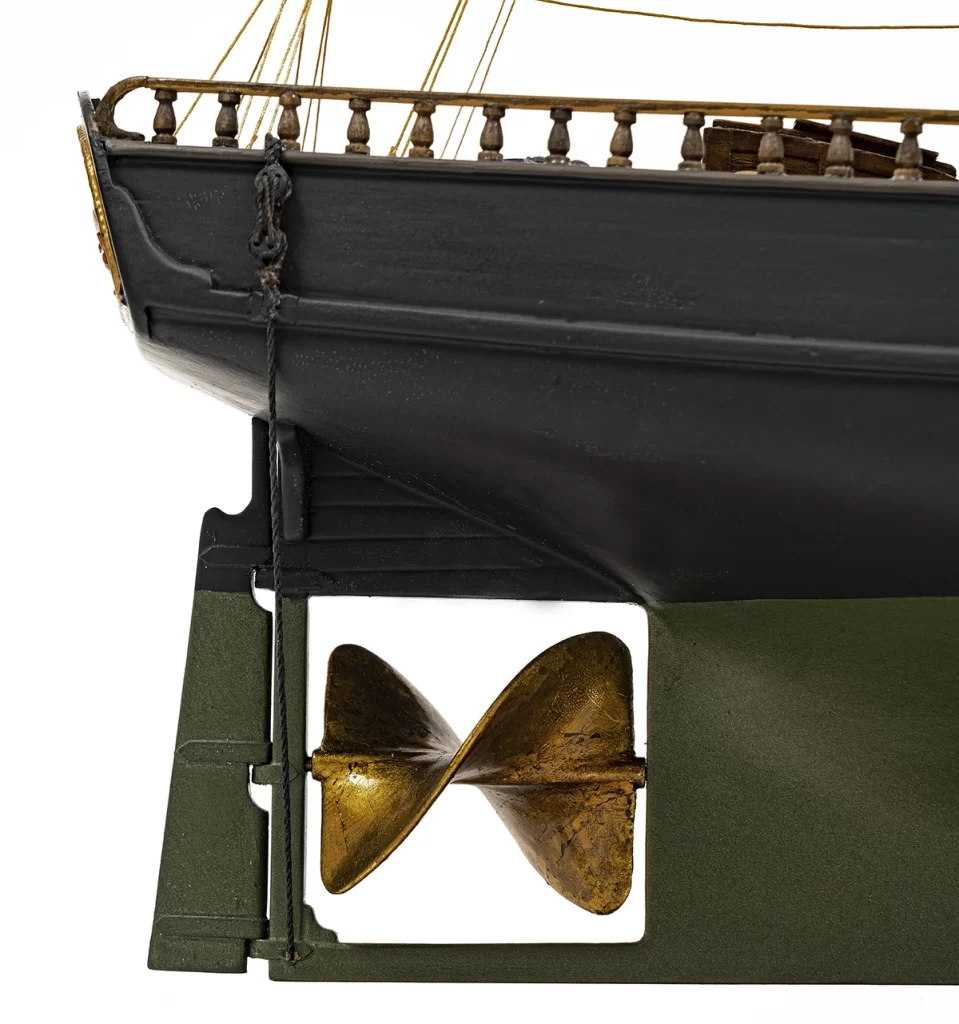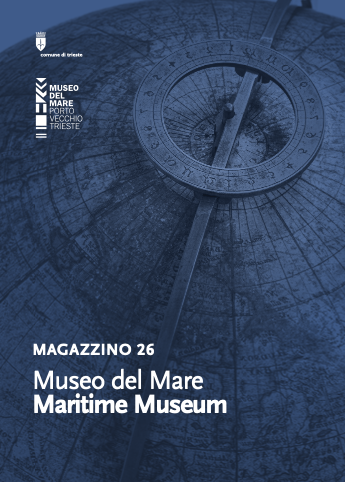Ressel (1793–1857), born in today’s Czech Republic, was an imperial forestry official, but above all a passionate scholar and inventor.
His work took him first to the wooded areas of today’s Slovenia, and later to Trieste and Croatia. Inspired by the widespread climate of development, Ressel immersed himself in seeking improvements to the technologies of the day.
He worked on reclamation and reforestation projects, studies into more efficient agricultural equipment, and plans for the development of the port of Trieste and the establishment of new shipyards. His inventions included a variant of ball bearings and one of the first pneumatic post systems.
The results of his dedication and inventive flair were not always appreciated, with the imperial bureaucracy often being slow to recognise them. This was the case with his best-known project, the first propeller prototype used in steam navigation, which was a fundamental contribution to the evolution of maritime transport.
The collection of objects linked to Ressel began very soon after his death. In fact, in 1858 a committee was formed in Trieste to propose the creation of a monument in memory of Ressel, commissioning the exhibited portrait for this very purpose. However, the idea failed to find favour in Trieste, and the statue was erected in Vienna.
The propeller
The first modern experiments in using a propeller to power ships date from the late eighteenth century. A solution that offered higher speeds than the already widely used paddle wheel was sought.
When Ressel moved to Trieste in 1820 he intensified his experiments on screw propulsion, principally to identify the propeller location that exploited its thrust to best effect. He decided to place the propeller at the rear of the vessel, aligned with the shaft that transmitted the steam engine’s power.
In 1829 he carried out sea trials on the steamship Civetta, probably with a twin-bladed propeller, but the failure of a boiler tube put an end to the test after a few minutes. The short 5-mile voyage in the Gulf of Trieste demonstrated the propeller’s functionality for maritime propulsion, but the Austrian authorities banned further trials.
The first large maritime screw steamship, the Archimedes, was launched in London in 1839, and Ressel’s role was not recognised until after his death.





